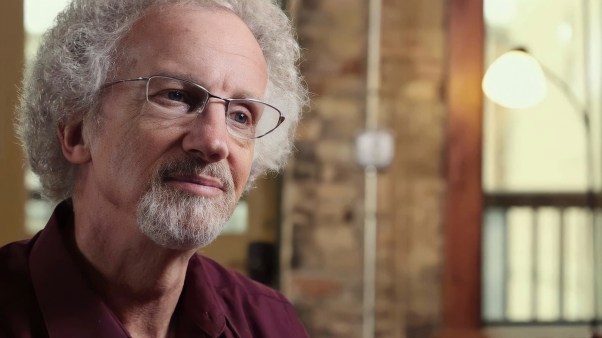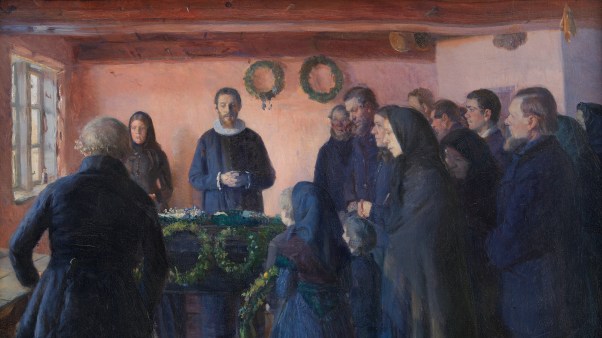We rarely hear it put as bluntly as did the small congregation of Grove United Methodist Church, where some members recently claimed “age discrimination” over a service being cancelled, but there are many churches sending a similar message: “If you are an older adult, we don’t want you here.”
As a part of denominational efforts to reboot the Cottage Grove, Minnesota, church, leaders are asking the 25 or so people who gather each week in the Grove building to leave their building and worship at the nearby sister congregation while a team plants a new church at their campus. According to a St. Paul Pioneer Press report, these mostly older members have been directed to wait 15–18 months after its launch before asking new leadership if they can “migrate back.”
While a single news story can’t fully capture the history of the relationship between the lay-led congregation and the denomination, nor the nuances of recent discussions over revitalization (church leaders clarified their approach in a follow-up by the Washington Post),the situation highlights a phenomenon with which many older adults are all too familiar.
During more than a decade writing about spiritual formation in the second half of life, I’ve heard a painful litany of stories from those who’ve been ignored, marginalized, patronized, or treated as rusting obstacles blocking the path to the holy grail of church growth.
Older member hear the message they’re not valued in a variety of ways: a worship team comprised of members under 40, a range of programming designed for younger attenders, or a lack of pastoral care when they’re in the trenches of long-term illness or caring for aging parents. Those who’ve been burned or burned out by congregational politics tend to fade away from congregational life, and many have told me that no one ever bothered to find out why.
A few years ago, I did an informal survey of nearly 100 pastors and church leaders and heard mixed perspectives on the older members in their congregations. While some expressed gratitude for their wisdom, experience, stability, and ongoing financial support, others were frustrated. They said the older demographic appeared to resist change while decreasing regular involvement in the life of the local church.
Sadly, few leaders brought up how older members faced different challenges as they moved into the second half of their lives. Spiritual practices and church involvement are necessarily impacted by increased caregiving responsibilities, workplace demands, fatigue from church politics, disconnection from programming focused on attracting young families, and loss and grief.
As we hear from studies and think pieces alike, the young are leaving many congregations. But so are Gen Xers and Boomers, who claim they no longer feel welcome at the churches they helped to build in their youth. Barna Research found that the majority of those who “love Jesus but not the church” are actually over 40. Nearly half (44%) of unchurched Christians are Boomers, and another third (35%) come from Gen X.
While it is a good desire to want to draw younger families to a church, the desire is not a healthy one if it doesn’t also include a desire for a diversity of ages and life stages that reflects the reality of what it means to belong to the multi-generational family of God. I fear the relentless focus on youth in our culture—from advertisers to church planters—has warped our vision of the value of age embedded in other cultures around the world and throughout history.
And certainly Scripture presents a counter-cultural message about the beauty and value of age and experience that flies in the face of the lopsided craving to build a church focused on young families. Throughout the Bible, we who love God are commanded to proclaim his salvation from one generation to the next. There is a reason that Mary’s response to the angelic news that she would be bearing a Son who’d save the world included these words: “His mercy extends to those who fear him, from generation to generation” (Luke 1:50). She understood well that the household of faith was designed by God to be intergenerational.
“God’s household is the very definition of the church. We’re not like a household or family. We are one,” wrote pastor Lee Eclov in Feels Like Home: How Rediscovering the Church As Family Changes Everything.
Older members may hear they’re valued members of this family as they’re invited to serve in meaningful ways, honored as mentors and friends, offered programming that speaks to their life stages and maturity level, and welcomed onto multi-age worship teams—and even a few park play dates with younger families. In a culture fractured and divided, a congregation that functions as an intergenerational family is radically and beautifully countercultural.
While I understand that an aging church building with a long-empty nursery may not seem to be the ideal vehicle to pass on the faith from one generation to the next, nor is a congregation without any gray-haired members.
Michelle Van Loon is the author of six books including Becoming Sage: Cultivating Meaning, Purpose, and Spirituality at Midlife (Moody Publishers), which releases April 7.
Speaking Out is Christianity Today’s guest opinion column and (unlike an editorial) does not necessarily represent the opinion of the magazine.









